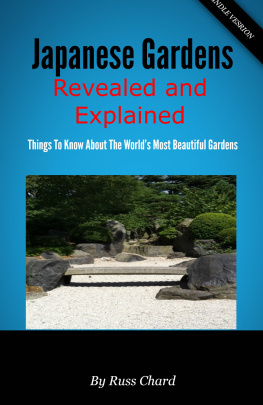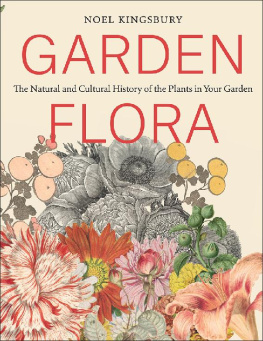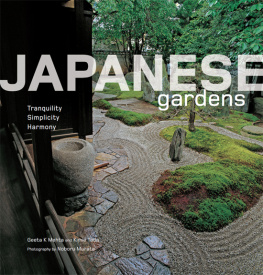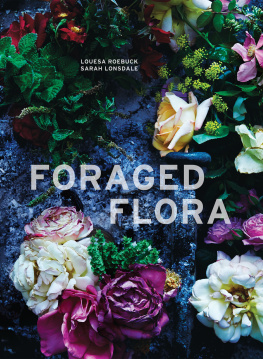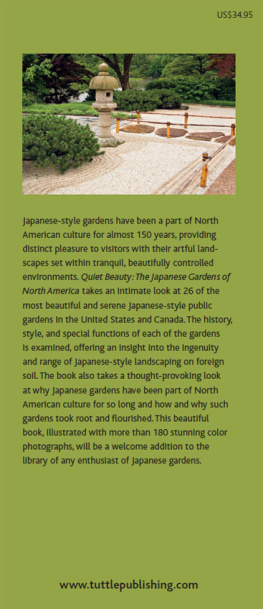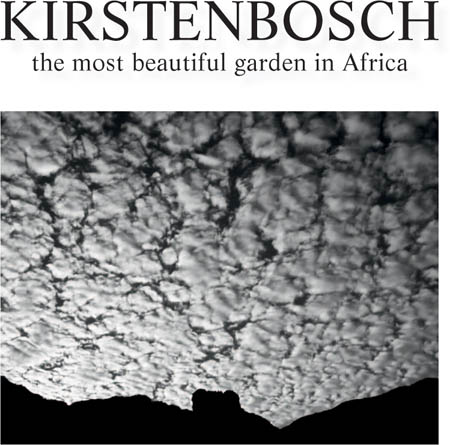Dedicated to the visionary founders of this national treasure, to all who have worked in it, and to all who love and protect the flora of South Africa
Published by Struik Nature
(an imprint of Random House Struik (Pty) Ltd)
Reg. No. 1966/003153/07
Wembley Square, First Floor, Solan Road,
Gardens, Cape Town, 8001
PO Box 1144, Cape Town, 8000 South Africa
Visit www.randomstruik.co.za and subscribe
to our newsletter for monthly updates and news.
First published in 2012
This ebook edition 2012
Copyright in text, 2012: Brian J. Huntley
Copyright in photographs, 2012: as indicated
alongside images; images not attributed are drawn
from SANBI archives or the public domain
Copyright in maps, 2012: SANBI and
Random House Struik (Pty) Ltd
Copyright in published edition, 2012:
Random House Struik (Pty) Ltd
Publisher: Pippa Parker
Editor: Helen de Villiers
Designer: Janice Evans
Cartographer: James Berrang
Proofreader: Lesley Hay-Whitton
Indexer: Cora Ovens
All rights reserved. No part of this publication
may be reproduced, stored in a retrieval system,
or transmitted, in any form or by any means,
electronic, mechanical, photocopying, recording
or otherwise, without the prior written
permission of the copyright owner(s).
ISBN 978 1 43170 117 9
Boxed edition 978 1 77584 003 9
Leatherbound edition 978 1 77584 004 6
ePDF ISBN 978 1 77584 025 1
ePUB ISBN 978 1 77584 026 8
Published with the support of the
South African National Biodiversity Institute
and the Botanical Society of South Africa
Foreword
Haemanthus coccineus, introduced to Europe in 1605. Watercolour painting by Vicky Thomas
For a century, Kirstenbosch National Botanical Garden has served as the principal lens through which the world has viewed and marvelled at the incredible botanical riches of southern Africa.
Commencing some 16 million years ago, the initiation of glaciation in Antarctica and its subsequent split from South America led to the formation of the cold Benguela Current, flowing up Africas west coast. This current cooled the prevailing westerlies as they passed onto warm land, limiting the amount of rain falling in the summer months. The resulting climate provided a setting for the evolution of the most bountiful radiation of botanical glory found anywhere on this planet. Four centuries ago these plants had already enriched the gardens of Europe, exciting the public imagination about the seemingly limitless array of novel floral beauties that they represented.
When in 1486 Portuguese sailors rounded the Cape and were enabled to pass eastward in the pursuit of their relentless search for the riches of India and tropical Asia, they named their inflection point The Cape of Good Hope. For them it was hope of gaining untold wealth to the east, but it presents a different kind of symbolism for the modern world. Having lived under the increasingly oppressive system of apartheid for nearly half a century, contemporary South Africa has become a test case for racial integration, building the kind of diverse society on which the future of the world ultimately rests. This elegantly written and sumptuously illustrated book reflects the positive and innovative spirit that prevails in this extraordinarily interesting country.
Kirstenbosch has long presented the stunning natural beauty of the nation in a magnificent setting. As the crown jewel of the Nations impressive system of National Botanical Gardens, Kirstenbosch is now serving all of the nations people well and at the same time providing a wonderful showcase for visitors. We all take pride in its century-long record, joining in the celebration of what these gardens have meant in the past and, more importantly, what they are so well poised to contribute in the future.
PETER H. RAVEN
President Emeritus
Missouri Botanical Garden,
St Louis, United States of America
Preface
Welwitschia mirabilis. Watercolour painting by Barbara Pike, Kirstenbosch Biennale 2004
Kirstenbosch is South Africas flagship botanical garden. Despite its international fame and local popularity, there has not been a comprehensive account of its history and progress, ever since Comptons 1965 Kirstenbosch, Garden for a Nation went out of print many decades ago. Subsequent publications, such as Rycrofts 1980 Kirstenbosch and McCracken & McCrackens 1988 The Way to Kirstenbosch have been valuable additions to the literature, but lack coverage of the important developments of the past two decades. The approach of the Gardens centenary in 2013 signalled the need for a fresh account of the Kirstenbosch story.
This book draws heavily on information included in the annual reports published regularly since 1914 by the National Botanic Gardens of South Africa, by its successor, the National Botanical Institute, from 1990, and from 2004 by the South African National Biodiversity Institute. Much has been written on Kirstenbosch in the Journal of the South African Botanical Society and in the popular publication of the Botanical Society Veld & Flora. Other important sources include Lightons 1973 Cape Floral Kingdom, Gunn & Codds 1981 Botanical Exploration of Southern Africa, and Karstens 1951 The Old Companys Garden at the Cape and its Superintendents. Mike and Liz Frazers 2011 beautifully illustrated The Smallest Kingdom is a wonderful addition to the literature on the topic. These and other key sources are listed in the bibliography. Because this book is a celebration of Kirstenbosch rather than a scientific text, detailed footnotes and citations of specific literature references are not included.
A clarification of the use of certain terms is appropriate. During the Victorian era, the many gardens established throughout the British Empire were named botanic gardens, such as Royal Botanic Gardens, Kew, Durban Botanic Garden, New York Botanic Garden and many others. The original form of their names has been retained, as have references in the text to the literature of that time. However, the modern English usage of botanical garden has been adopted by most gardens established during the 20th century.
The history of Kirstenbosch, of botany and of botanical gardens in South Africa covers a period of several centuries. Many remarkable individuals have contributed to this history, and, where helpful, their dates of birth and death are indicated to provide points of reference within the extended period covered by this narrative.
Acknowledgements
The history of Kirstenbosch is characterised by the passionate support and generosity it has received from the many people who love the Garden. During my 19 years of living in and working for the Garden, I enjoyed continuous inspiration and encouragement from colleagues, friends and family, and from many key role-players in the corporate, political and academic sectors.


